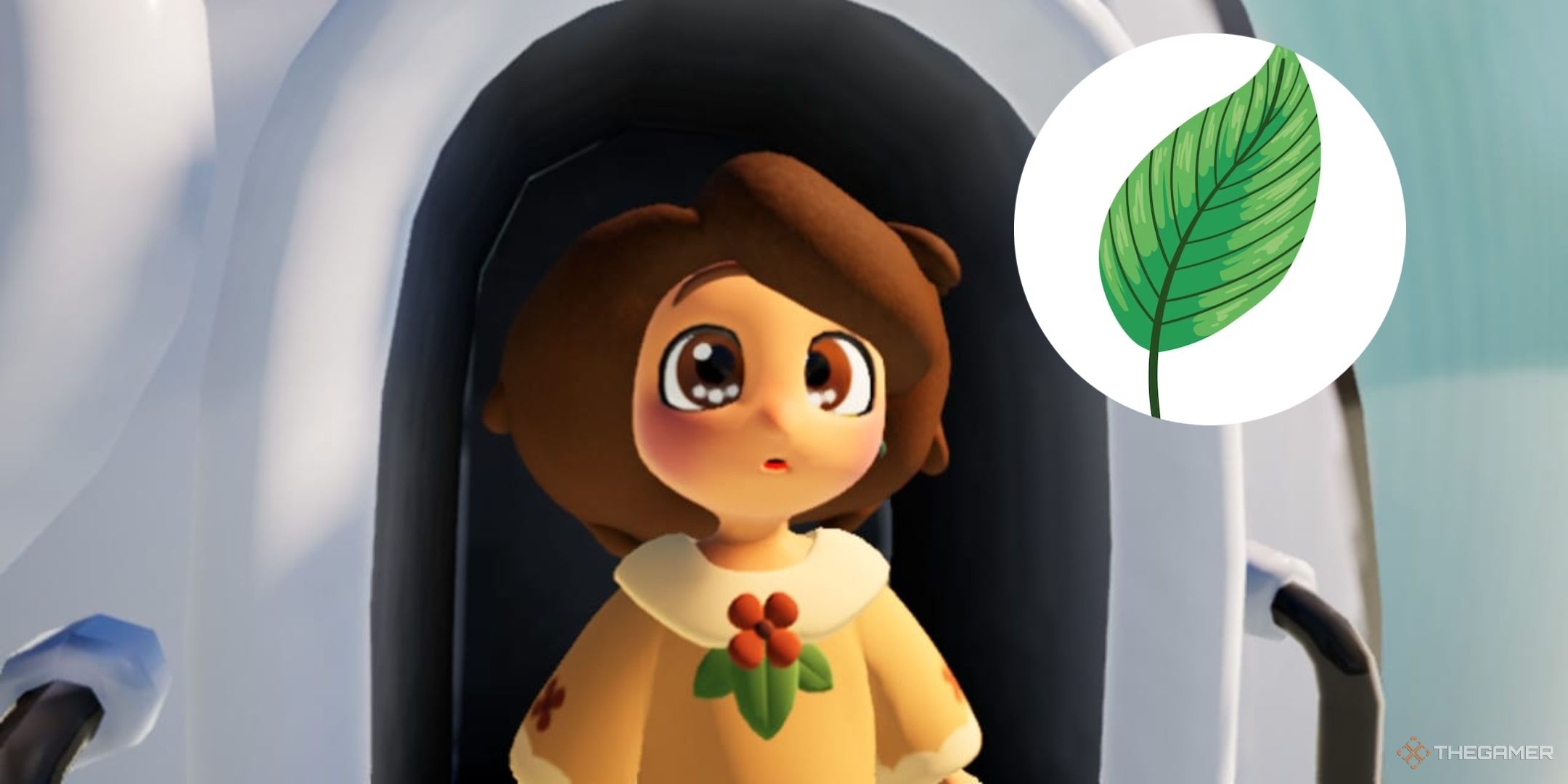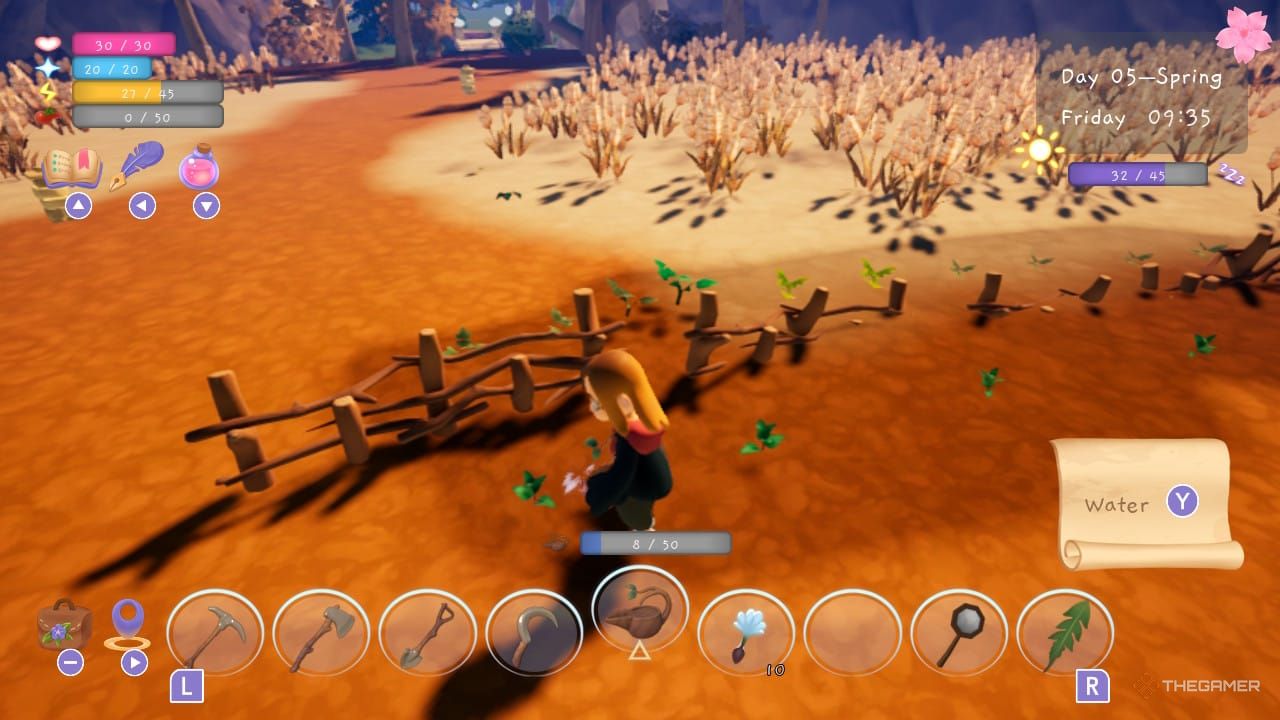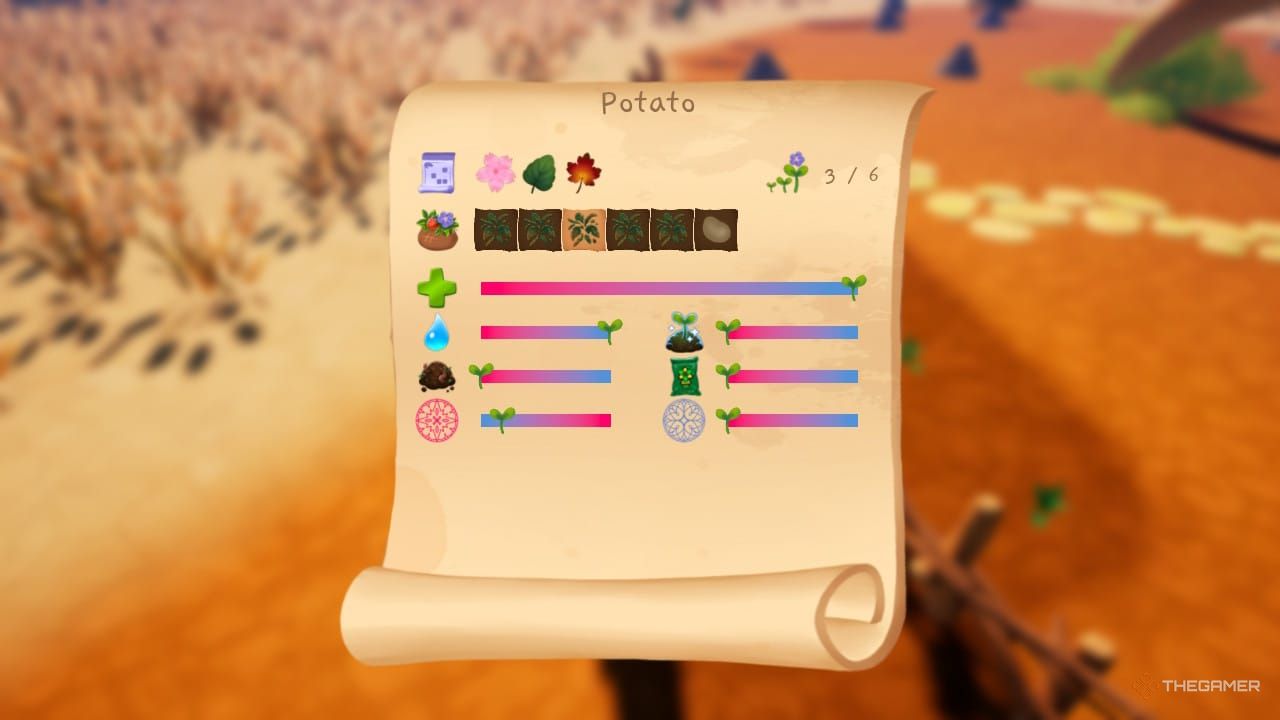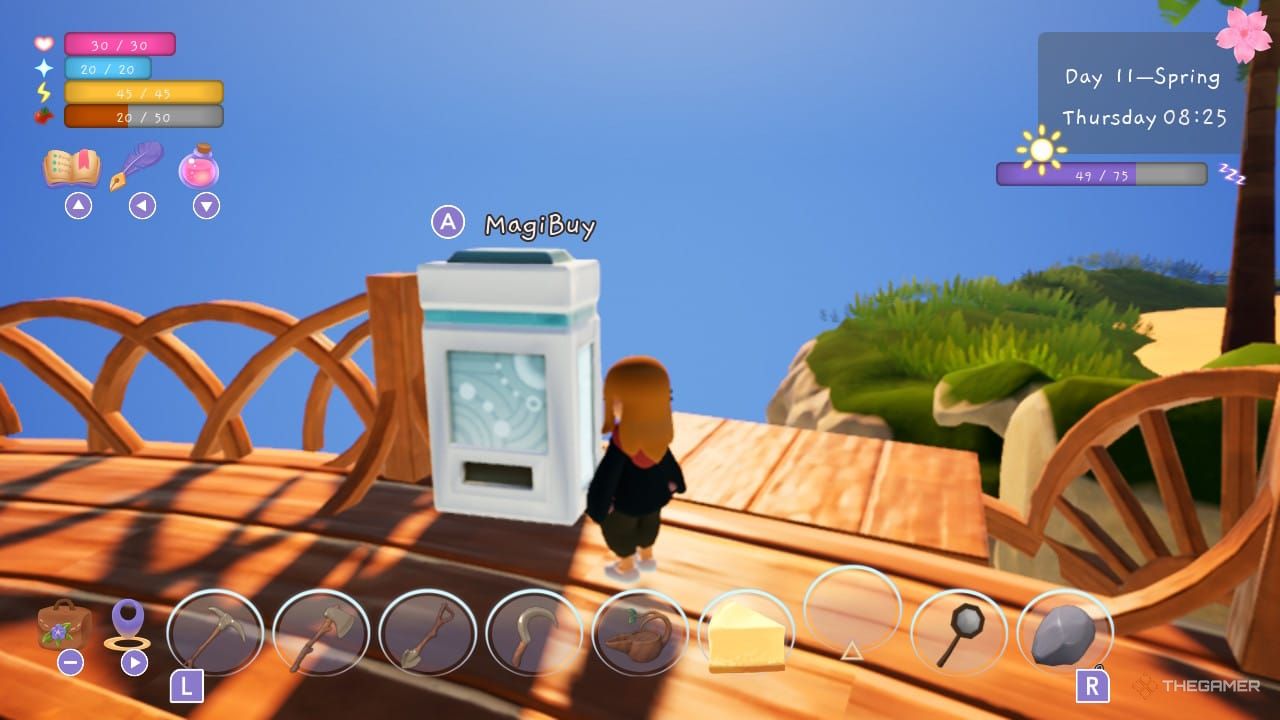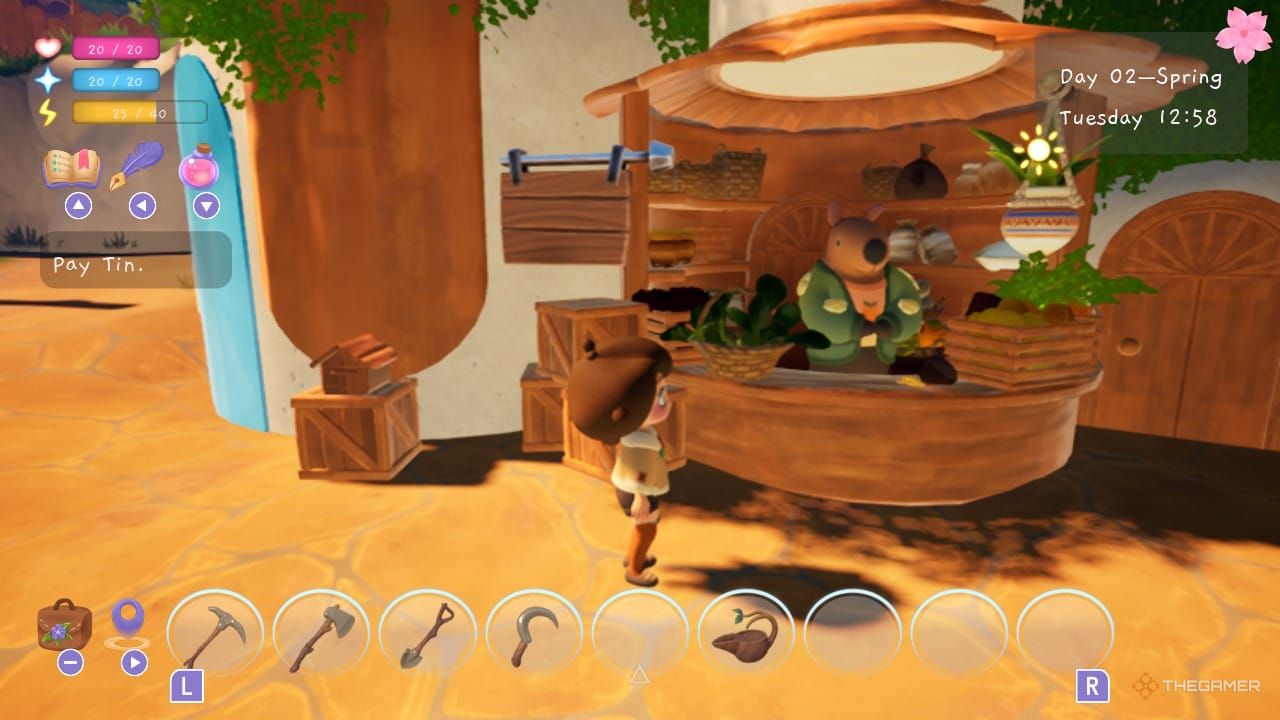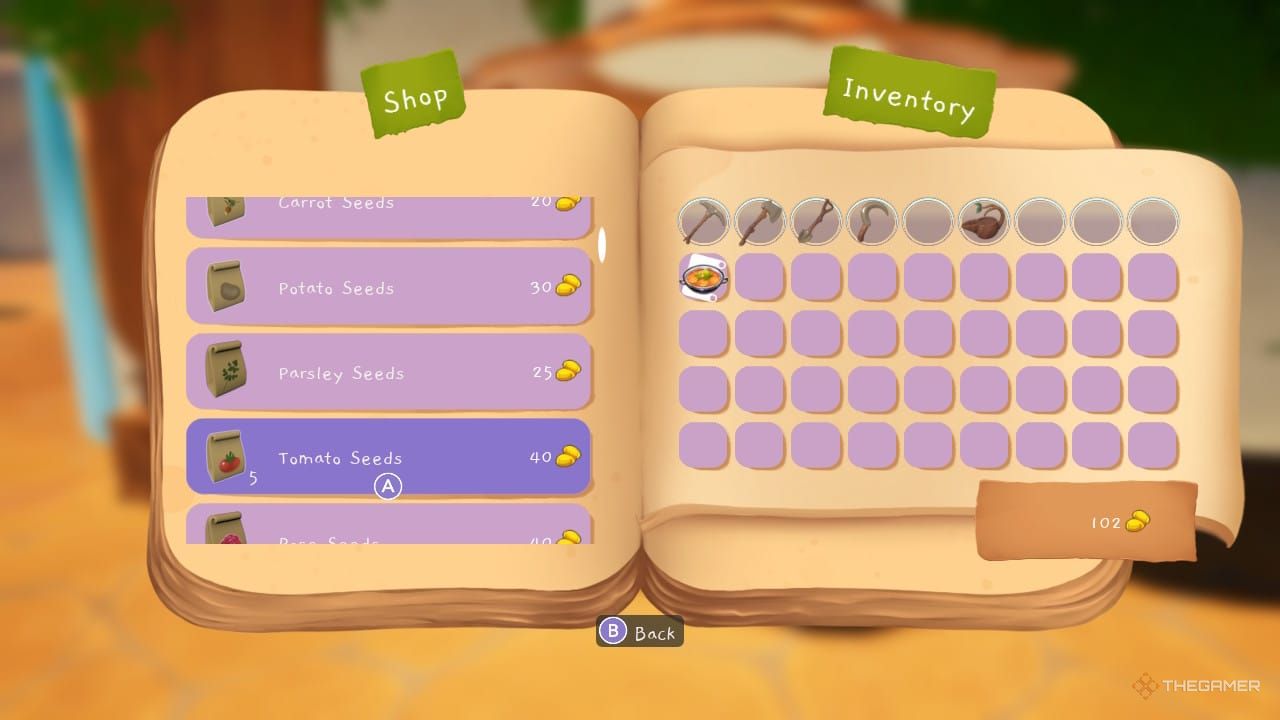The Witch's Life in the Garden It's a story about finding a new life that will make your stay-at-home parents proud. There are a variety of missions to complete, from side quests to storylines, but one of the most important parts of the game is farming.
Each farming game has a slightly different approach. You’ll miss out on a lot of important information about running a farm without these tips to get you started. Garden Witch Life requires you to use specific tools to get more information about your crops. Learn more about this below.
Methods of plant cultivation
Seeds are planted using Y or Triangle on the controller. You can place seeds anywhere and there is no grid lock system.This allows you to get creative when placing anything on your farm, even furniture.
The important thing you should know is: Watering and fertilizing the soilThe tree house has a pond, all you have to do is Press A or X at the well to refill it. Your watering can Watering works as if you were Drawing on the groundInstead of splashing a few tiles per application
The first thing you would want to Craft is a compost binThis requires 10 grasses, 1 plank, and 1 raised vegetable patch at the workbench inside the treehouse. Put plant waste in the compost bin. To begin the process of creating fertilized soil.
You will receive random plant matter when you scythe wheat crystals or harvest crops.
You can fertilize the soil in the same way you would any other thing. You'll know you've fertilized the soil because: The ground will turn dark brown.,Different from the watered-down color
Orel– Capybara in general stores sell general fertilizer. That's different from the stuff from a compost bin, which only costs a dollar.
How to make a magic lens
The most important tool You will need it to farm in Garden Witch Life is the Magic Lens, you can't do it. View detailed information About your plants and animals There is not one.
With Magic Lens in hand, you can view information about each plant you are growing. The lens will show you what season the plant is in, if it has been watered or fertilized, and when it will be ready to harvest.
The most important information on this screen is: How long does it take to harvest each plant?With Magic Lens, you can check each crop daily to see how the process is progressing.
From the image above you can see that the potato plants have 3 more days to harvest. This image is shown in the upper right corner of the menu. The potato plants have been watered but not treated in any way, such as fertilizing.
When you use Magic Lens on an animal, it will tell you its health status and the resources it provides.
Where can I sell my produce?
There are two different locations where you can “sell” items. The MagiBuy machine is in the center of town, and The community box is next to Aurel.The purpose of using the MagiBuy machine is currently unclear, as items are not sold at face value here. Each item is sold for one gold coin, regardless of the type.
Sell valuables at Community Box To make money, this is where they sell at real prices. The only problem is, It takes a few days to get into the game. In order to have items for sale in the Community Box, you will need to: Wait a little longer to get the money.–
How to get more seeds
The only way to get seeds is through NPC rewards or by heading to Orel's General Store (See above) Aurel sells all in-game items not related to mining, including seeds. Tree seedlings,A wide variety of pet and furniture products
Any mining related items (tools, materials) will be available in the Tin Shop.
Orel for sale
Birth Tree Seeds, Maple Seeds and Jamaica Pepper Seeds
–
All kinds of plants
Crops are seasonal and have different days of life. To ensure full flowering and harvest readiness, the Miracle Lens will be the key to better understanding the health status and potential of your crop.
|
Crops |
Season |
expenses |
Growth |
|---|---|---|---|
|
wish |
Spring, Summer, Autumn |
30 |
6 days |
|
Yitho |
Spring Summer |
15 |
15 days |
|
carrot |
spring |
20 |
3 days |
|
onion |
spring |
20 |
8 days |
|
Dandelion flower |
Spring Summer |
To be announced later. |
8 days |
|
Coriander |
Spring Summer |
10 |
6 days |
|
Sage |
spring |
15 |
6 days |
|
Kale |
Spring Summer |
10 |
4 days |
|
tomato |
Spring, Summer, Autumn |
40 |
7 days |
|
nettle |
Spring, Summer, Autumn |
To be announced later. |
6 days |
|
Parsley |
To be announced later. |
25 |
To be announced later. |
